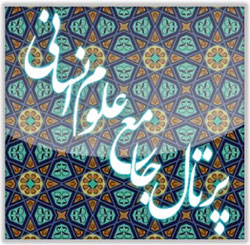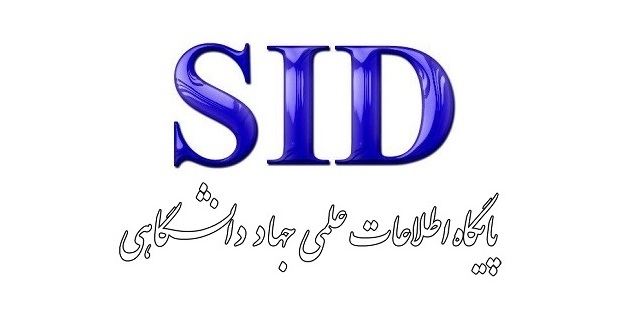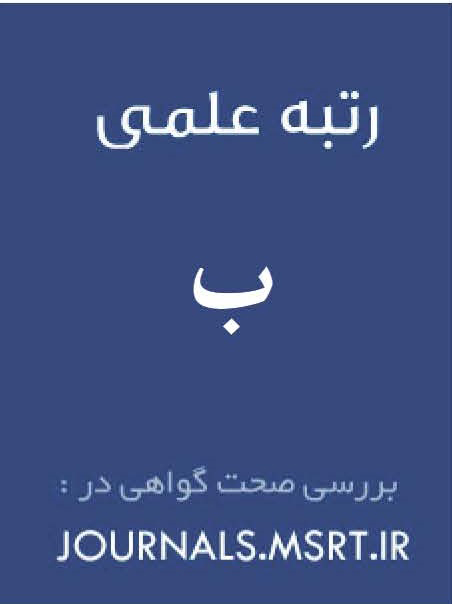Dramatic Reading of the Story of Uwais al-Qarani in Tadhkirat al-Awliya by Attar of Nishapur
Keywords:
Taskirat al-Awliya Attar, Sufism, Dramatic Aspects, Play, Uwais QarniAbstract
Tadhkirat al-Awliya by Attar is a mystical work written in simple prose, with some sections in rhymed prose (sajʿ), in which the life accounts of seventy-two saints and Sufi sheikhs are presented. Attar has sought to reflect the political, social, economic, and literary conditions of his time. In examining the dramatic aspects of this work, it is necessary not only to understand the mindset and language of Attar, but also to possess comprehensive familiarity and command over elements of dramatic structure, including plot motifs, genre, style, and theatrical techniques. The story of Uwais al-Qarani holds significant dramatic potential, which can be actualized through the identification of theatrical elements within the narrative and analysis of various methods of adapting these elements for performance. The central question posed in this study is: What are the dramatic aspects of this story, and how can a dramatic reading be produced through their analysis? The method employed in this research is descriptive-analytical, and the data were collected through library-based research. The findings of this study demonstrate, to a certain extent, the dramatic value of a sample narrative from Tadhkirat al-Awliya, and provide a foundation for adapting other narratives from the text into theatrical plays.
Downloads
References
1. Nazerzadeh Kermani F. An Introduction to Playwriting. Tehran: SAMT; 2004.
2. Esslin M. The Field of Drama. Tehran: Hermes; 2008.
3. Bolton M. The Anatomy of Drama. Tehran: Ghatreh; 2004.
4. Shamisa S. Literary Genres. Tehran: Mitra; 2010.
5. Mostafavi Sa-M. Beauty and the Philosophy of Art in Dialogue. Tehran: Academy of Arts Press; 2014.
6. Holten O. Introduction to Theatre. Tehran: Soroush; 1985.
7. Daiches D. Conflicts of Literary Criticism. Tehran: Elmi; 1987.
8. Fanaian T. Tragedy and Ta'ziyeh. Tehran: University of Tehran Press; 2010.
9. Letwin D, Stockdale J. The Architecture of Drama. Tehran: Saqi; 2018.
10. Dastgheib A. Literary Criticism and Textual Typology. Tehran: Navid Shiraz; 2011.
11. Ahmadi B. From Visual Signs to Text. Tehran: Markaz; 1992.
12. Ghaderi N. Anatomy of Dramatic Structure. Tehran: Neyestan; 2001.
13. Cuddon JA. A Dictionary of Literary Terms and Literary Theory. Tehran: Shadgan; 2001.
14. Makki E. Understanding Theatrical Elements. Tehran: Soroush; 2011.
15. Hodge F. Play Directing. Tehran: SAMT; 2018.
16. Papian N. Illustration Dictionary. Tehran: Amir Kabir; 2005.
17. Bordwell D. The Art of Cinema. Tehran: Amir Kabir; 2015.
18. Hashemi SM. Ferdowsi and the Art of Cinema. Tehran: Elmi; 2011.
19. Jalali Jafari B. The embodiment of costume in theatre. Jelve-ye Honar (Art and Architecture). 1995;—(5).
20. Schon W. Lighting Design Manual. Tehran: Elmi; 2021.
21. Kisby EA. Understanding Film. Tehran: Sarcheshmeh; 2004.
22. Dawson SW. Drama. Tehran: Markaz; 1998.
23. Emami M. Characterization in Cinema. Tehran: Barg; 1994.
24. Belker A. The Elements of Screenwriting. Tehran: Hermes; 2013.
25. McKee R. Dialogue. Tehran: Hermes; 2019.
26. Egri L. The Art of Dramatic Writing. Tehran: Negah; 2004.
27. Shafiei Kadkani MR. This Alchemy of Being: Articles and Notes on Hafez. Tabriz: Aydeen; 2006.
Downloads
Published
Submitted
Revised
Accepted
Issue
Section
License
Copyright (c) 2025 حبیب آقائی (نویسنده); کامران پاشایی فخری; پروانه عادل¬زاده (نویسنده)

This work is licensed under a Creative Commons Attribution-NonCommercial 4.0 International License.








